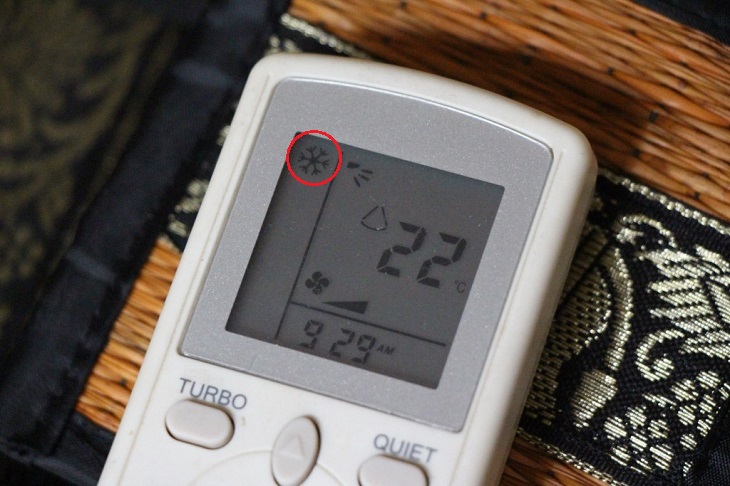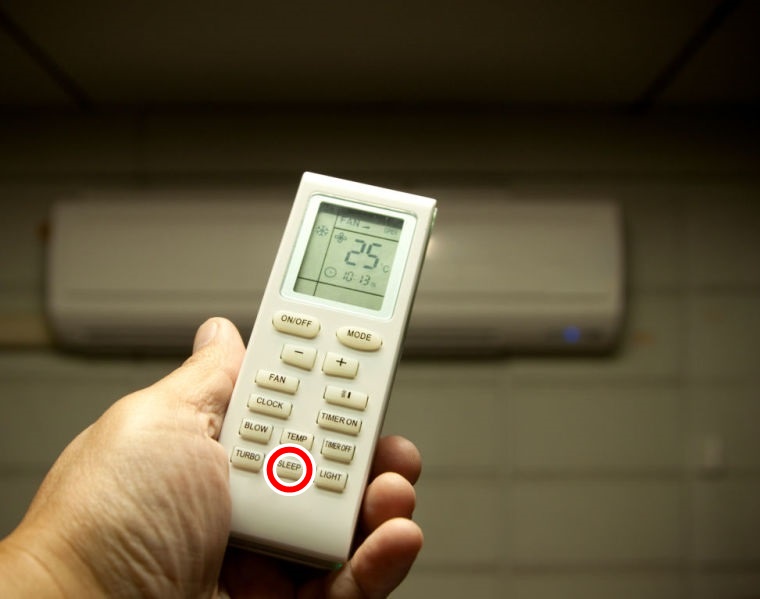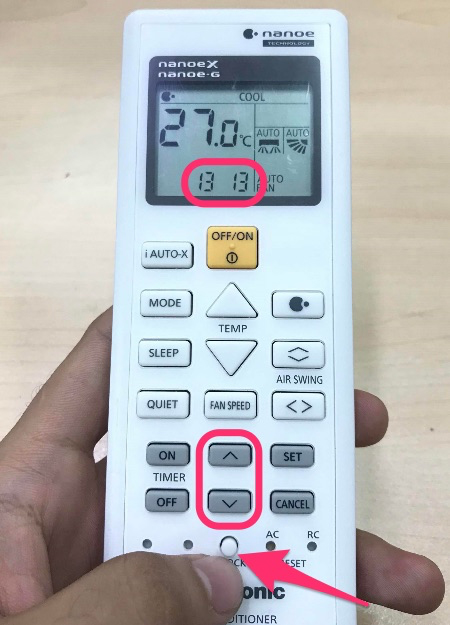1. Cooling mode (Cool)
The Cool mode is often used on hot and dry days. When the Cool mode is activated, the room temperature decreases quickly as the compressor continuously works to maintain a stable temperature.
During this process, the heat in the room is expelled, and the fan only stops when the temperature reaches the desired level. Despite the high power consumption when operating, the Cool mode provides energy savings on hot sunny days with temperatures above 36 degrees.

2. Dry mode
The Dry mode is recommended for use on days that are not too hot (below 36 degrees C) or during rainy days when humidity is high. When the Dry mode is activated, a water drop symbol appears on the air conditioner control panel.
This mode extracts moisture from the room, resulting in cooler and drier air, while also reducing power consumption. It helps prevent thermal shock by keeping the room temperature (around 23 degrees C) closer to the outside environment. Compared to the Cool mode, the Dry mode is more energy-efficient.

3. Sleep mode
The Sleep mode is designed to provide comfort during the night. After 1 hour of operation, the air conditioner automatically increases the temperature by 1 degree to prevent the user from feeling cold, while maintaining a cool and comfortable airflow in the room. This mode maximizes energy savings and is particularly suitable for households with elderly and young children.

4. Timer on/off mode
The Timer on/off mode provides convenience by allowing users to schedule the air conditioner’s operation. Before going to bed, simply set the desired on/off time. The air conditioner will automatically turn off in the evening, saving energy and preventing the body from getting cold. In the morning, as the temperature rises, the device will turn on again.

5. Energy saving mode or Smart Fan mode
The Energy Saving mode and Smart Fan mode are two features that significantly reduce the power consumption of the air conditioner. In these modes, if the room temperature drops below the desired level, the compressor turns off to save energy. The fan also automatically turns on/off every 2-3 minutes to monitor the ambient temperature. If the temperature exceeds the set level, the compressor and fan will turn on simultaneously.
During extremely hot days, the Cool mode effectively lowers the temperature and maintains a stable environment.
On moderately hot days, especially during humid rainy weather, the Dry mode is more efficient in dehumidifying the room.
It is important not to use the Dry mode for extended periods as it can affect the respiratory system and cause discomfort, drying out the skin.
How to Choose the Best Air Conditioning Setting for a Humid and Damp Home
As the cooler temperatures of winter and spring begin to set in across the Northeast, families are confronted with an additional worry – how can they protect their homes from mold and dampness? While a dehumidifier is an effective measure, are there other air conditioning or cooling methods which can be used to ensure the air remains free of moisture and fungi?





































